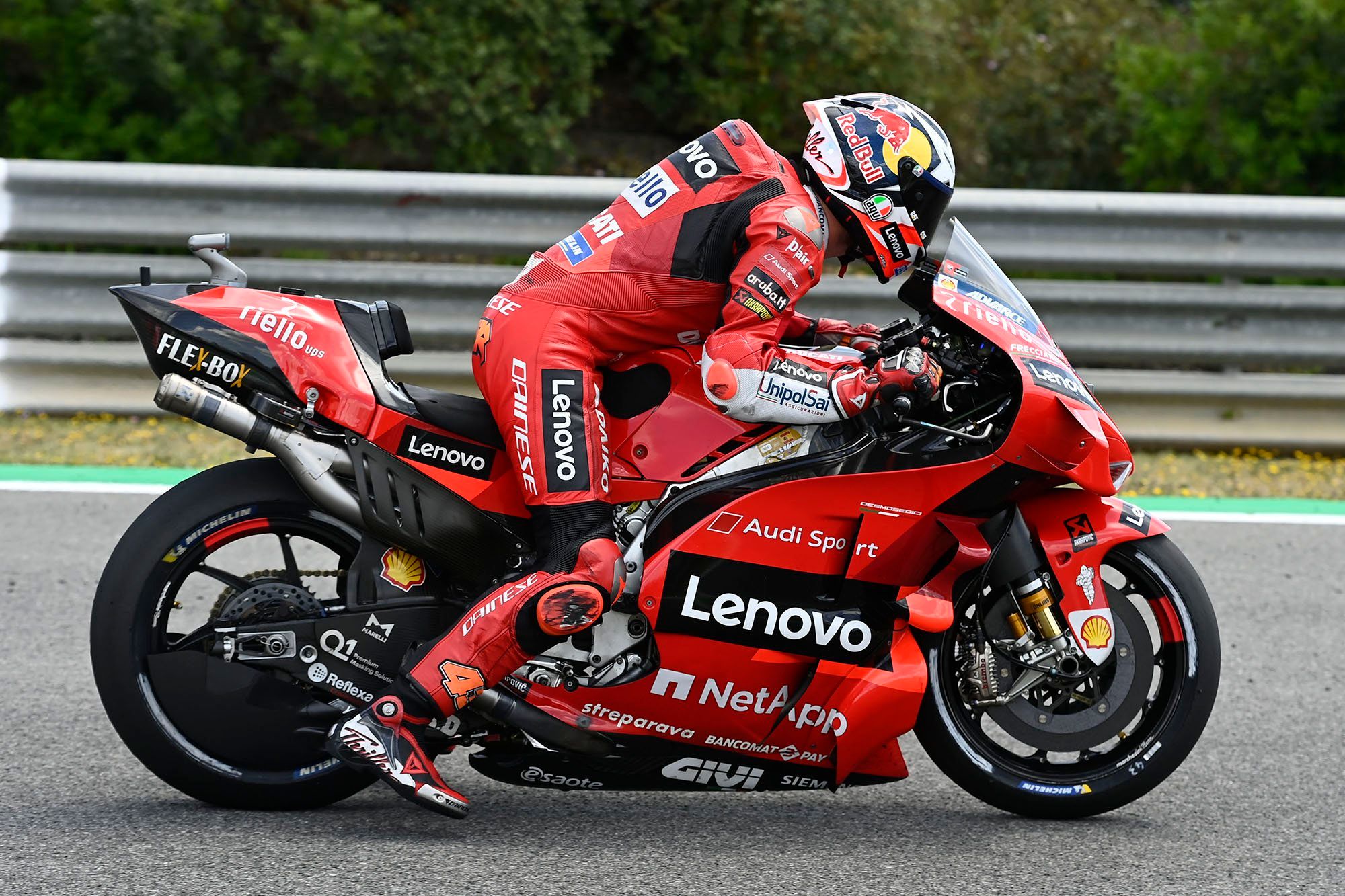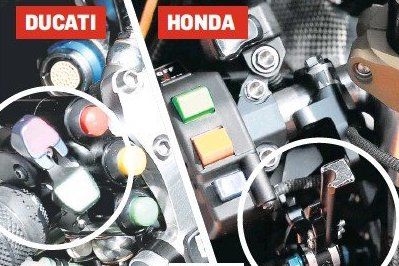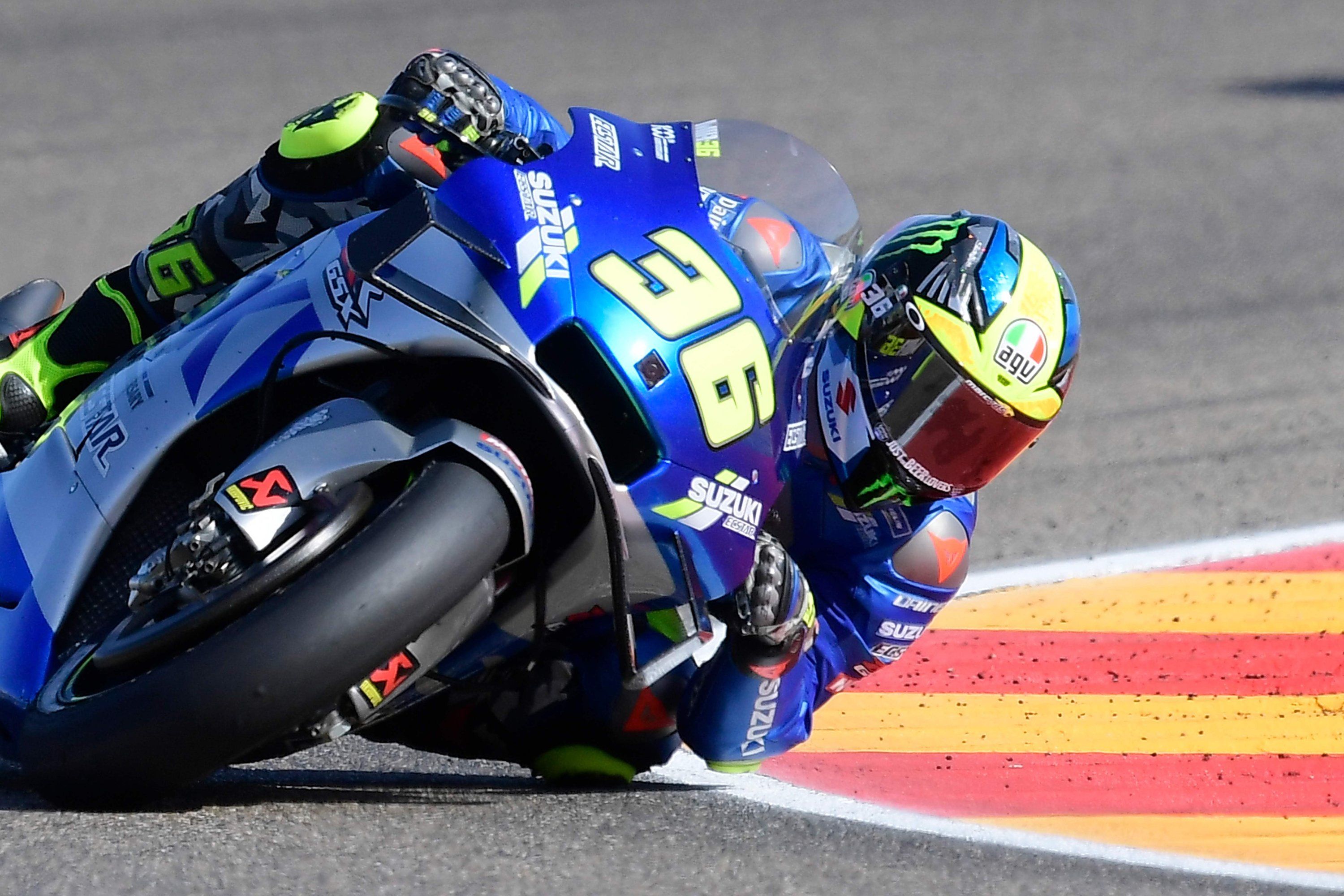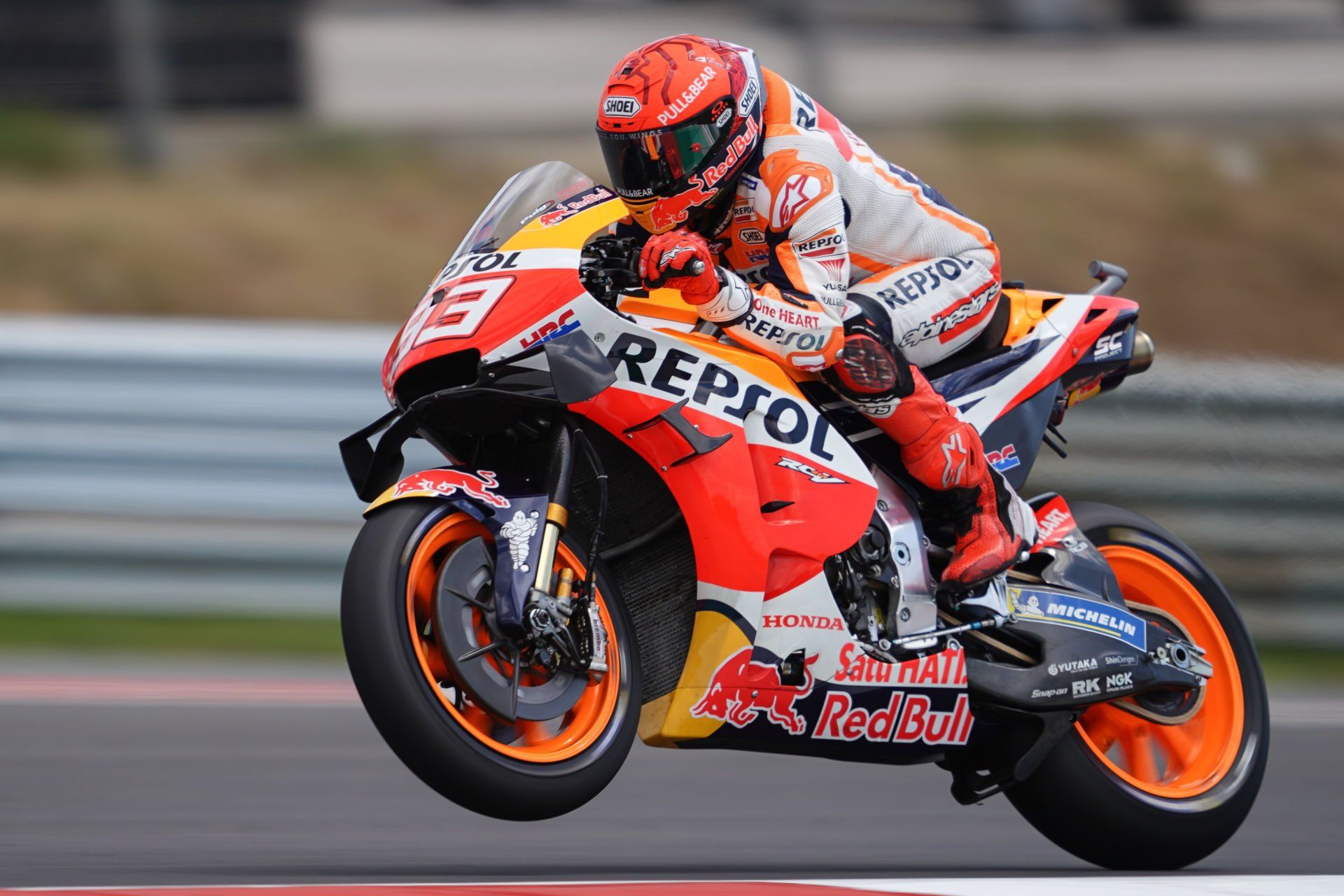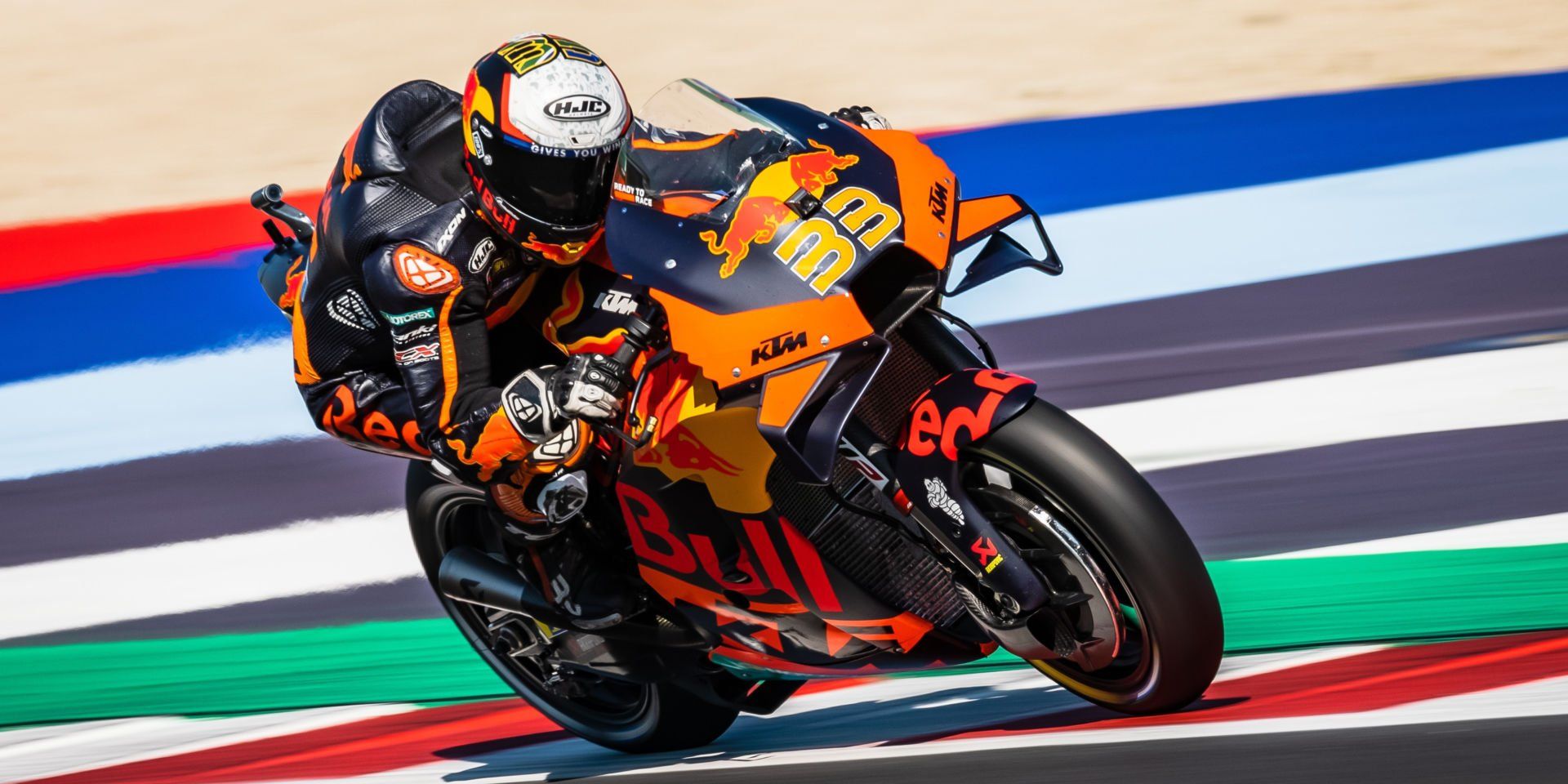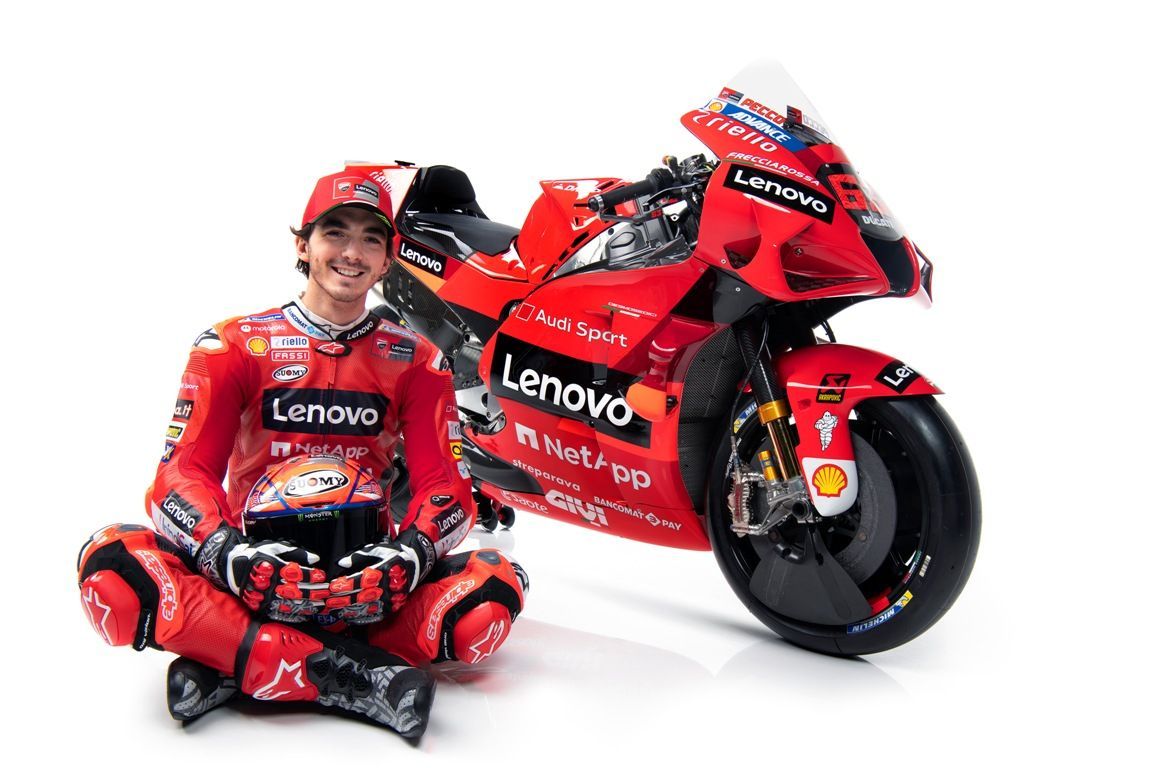Pioneered by Ducati and now adopted by every team, as the first race weekend of the 2022 MotoGP season kicks off, not everyone thinks it is a good idea.
Is MotoGP Heading for a Tech Ban Before the Season Starts?
As the 2022 MotoGP season kicks off in Qatar, already there are seeds of discontent being sown. The issue is the ride height systems that Ducati pioneered and which every team is now using.
At first, the system was used solely for race starts: lowering the rear of the bike helped prevent acceleration-sapping wheelies off the line. Then Ducati moved the goalposts again, by giving their riders the option of using the tech on corner exit, performing the same function for the same benefit.
Now Ducati has gone further still and introduced a front-end lowering system, again to be used both at the start and during the race.
Not that the Ducatis were slow in a straight line to begin with - other teams have been worried about the speed advantage the Ducatis have had in a straight line for some time. Now, they're just getting faster still and there are voices up and down the pit lane saying that top speeds are getting too high.
First, it was Suzuki's team boss Shinichi Sahara who raised concerns during pre-season testing. Now, as the season proper gets under way, some riders are saying the same thing.
Suzuki's Joan Mir, the 2020 World Champion, predicts bikes could easily top 230mph for the first time ever, espeically at tracks where there are long straights, such as Losail, where they are now.
“For me it’s starting to be too much,” Mir said. "Every time we arrive faster into the straight; we will reach 370kmph soon. The layouts are the same and for sure it’s more performance.
"Also, on the acceleration side it’s more difficult to make a difference. If you use everything then it’s more performance but it’s not the best thing for safety."
Mir's is not the only voice speaking out. Six-time MotoGP champion Marc Marquez is adding his voice to the argument, saying that it should be banned outright as it not only adds complication to riding in a race, it isn't relevant to road bike technology and will have safety implications at tracks where the run-off areas aren't big enough.
"For me it’s something that for the future they must remove. I already said last year when I arrived after my injury.
"I think all the riders need to go together (safety commission). Manufacturers will always go more, more and more, but now with more stroke on the rear, more speed, more stroke on the front, it’s difficult to engage on the start procedure.
"For the show we don’t gain anything. Okay it’s prototypes, but for street bikes you don’t need the holeshot. The aerodynamics I agree with because it’s nice and new things, but the holeshot system; always the run-off areas are trying to be increased, you are arriving faster on the brake points and braking later, so for the future there is no sense."
2021 World Champion Fabio Quartararo agrees, although KTM's Brad Binder said it's 'just the reality now' and factory Ducati rider Pecco Bagnaia, naturally, doesn't have a problem with it.
Ducati is calling the complaints 'sour grapes', stating they are only arguing against top speeds because its rivals don't want to see already-fast Ducati getting even faster.
Race bikes have traditionally got faster incrementally from one season to the next. All the ride height systems have done is make the increment larger for once. Let's not forget that any crash over 180mph (300km/h) is going to be serious, whether you are doing 180 or 230mph. But increased speeds will put extra strain on brakes which might only be developed to cope with the extra speeds after a failure or two and no-one wants to be the guinea pig to find the limit of braking performance.
The real issue here is what other loopholes will teams find to increase speeds even further? Is it better to nip it in the bud sooner rather than later?

